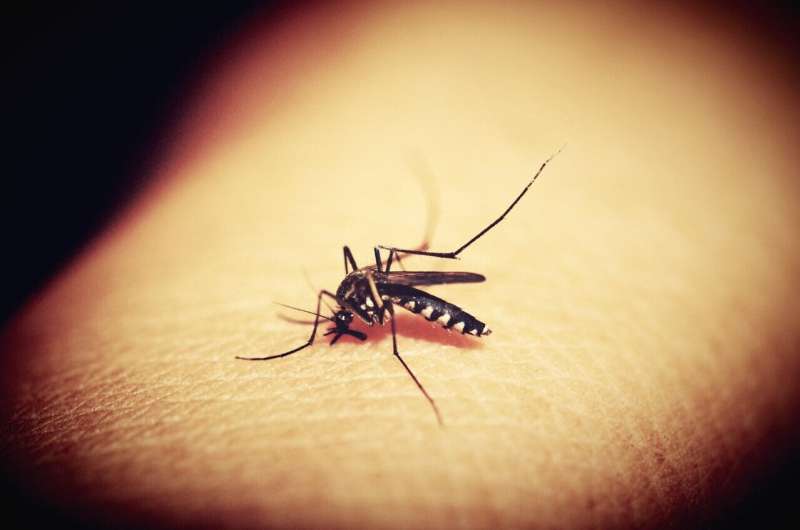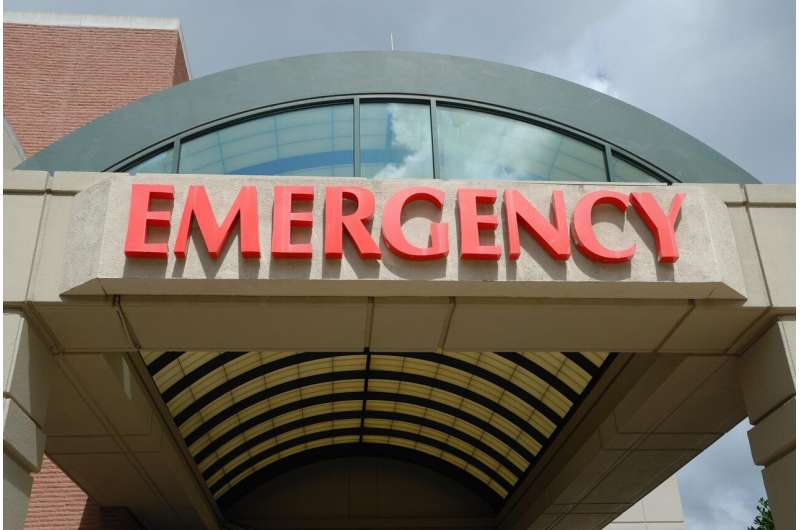'Spatial Emanators' Provide Yearlong Malaria Protection with New WHO Recommendations

A groundbreaking device called spatial emanator offers up to a year of protection against malaria-carrying mosquitoes, backed by a new WHO recommendation to enhance global malaria control efforts.
Recent research from the University of California, San Francisco has highlighted a promising advancement in malaria prevention: a new device known as a 'spatial emanator.' This innovative insecticide disperses chemicals into the air, offering protection against mosquitoes that carry malaria, dengue, West Nile virus, yellow fever, and Zika. Remarkably, it can provide up to a year of protection using a compact, paper-thin dispenser, making it an accessible option for remote and underserved regions.
In a comprehensive systematic review spanning over 25 years and analyzing data from approximately 1.7 million mosquitoes, scientists found that spatial emanators could prevent more than half of mosquito bites on average. This form of protection—by emitting volatile chemicals—fills critical gaps left by traditional methods like insecticide-treated nets and topical repellents, which are often limited by time, cost, or accessibility.
The World Health Organization in August 2025 issued its first new guideline in over four decades endorsing the use of these emanators. This endorsement allows major donors to fund and distribute products such as Mosquito Shield and Guardian, which last from 30 days to a full year. These devices are easy to use, lightweight, and do not require electricity or heating, making them suitable for use during day and night in difficult terrains.
The efficacy of spatial emanators varies but they generally offer around 56% protection against mosquito bites, and are effective across various mosquito species, including those that transmit malaria and other diseases. Products like BiteBarrier, Mosquito Shield, and Guardian are already in production, with the latter two receiving the recent WHO endorsement for wider implementation in malaria-endemic regions.
Malaria remains a significant global health challenge, claiming over 597,000 lives in 2023, predominantly children under five in sub-Saharan Africa. Progress towards the WHO goal of reducing malaria mortality by 90% by 2030 has slowed due to factors like insecticide resistance and the pandemic's disruptions. The advent of spatial emanators introduces a valuable new tool in the fight, helping to bridge coverage gaps where current interventions fall short.
For more detailed information, refer to the study published in eBioMedicine and the official WHO guidelines.
Source: https://medicalxpress.com/news/2025-08-spatial-emanators-yearlong-malaria-issues.html
Stay Updated with Mia's Feed
Get the latest health & wellness insights delivered straight to your inbox.
Related Articles
Rise in Emergency Visits by Uninsured Children in Texas Following End of COVID Federal Support
A recent study shows a 45% increase in uninsured children's emergency department visits in Texas after COVID-era federal funding ended, highlighting significant healthcare access concerns.
New Dual Protein Target Strategy Shows Promise Against Pancreatic Cancer
Innovative research from Indiana University uncovers a dual-protein targeting strategy that significantly weakens pancreatic cancer defenses, opening new avenues for effective treatment options.
Innovative Perovskite Camera Enables Inside-Body Imaging for Medical Diagnostics
A breakthrough in medical imaging technology using perovskite crystals offers high-resolution, cost-effective inside-body scans—potentially revolutionizing nuclear medicine diagnostics.
Harnessing Immune Cell Growth Factors to Enhance Lung Repair After Viral Inflammation
New research uncovers how macrophage-produced growth factors, especially oncostatin M (OSM), promote lung tissue repair after viral damage, offering promising therapeutic insights.



